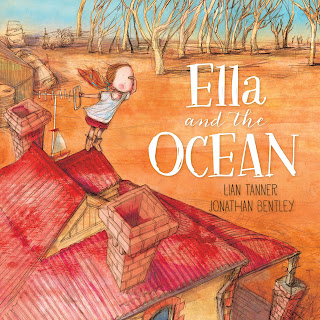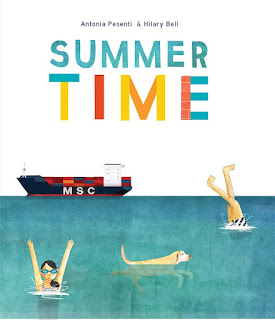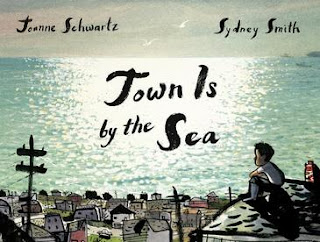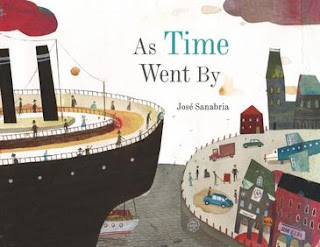And so we reach the end of Picture Book Month but of course it is not the end because I have plenty of other picture books to share with you over the coming weeks and months. Hopefully you are not confused but just in case you missed this - I am not able to talk (at the moment) and new Australian children's Picture Books because I am a judge for this category in our CBCA (Children's Book Council of Australia) Awards. BUT I can talk about any other Australian Picture books of course!
Picture books help to build young readers one glossy page at a time, and a good picture book is a work of art combining just the right illustrations with just the right words and placing them all together for an enjoyable reading experience. There is nothing simple about the benefits of reading picture books with young (and not so young) children. Picture books cultivate an appreciation for art while strengthening a child's visual skills. Before a child can read the words they learn to read the pictures to understand the story. Picture books help children learn about the structure of a story while building their vocabulary and comprehension. Picture books can tell simple and familiar stories or very complex and serious stories, and children are exposed to the big world around them. The most important aspect of picture books is how they are shared. They are meant to be a shared experience between a child, or a group of children, and a trusted adult. Reading books together builds a bond that is very special and unique. Contra Costa County Library, CA, USA
Now I need to think about which book to share today. Australian; or a book from another country; or translated into English; or a wordless book (IBBY call these Silent Books); or a picture book for an older reader; or something just for fun; or a very new book you may not know: or an older classic? There are 928 picture books discussed on this blog and 96 picture books for older students. Should the book be in print and available or is it okay to suggest an out of print title which might be in a library?
I can't decide so I am going to list thirty more picture book favourites with links to my post about each:







































































